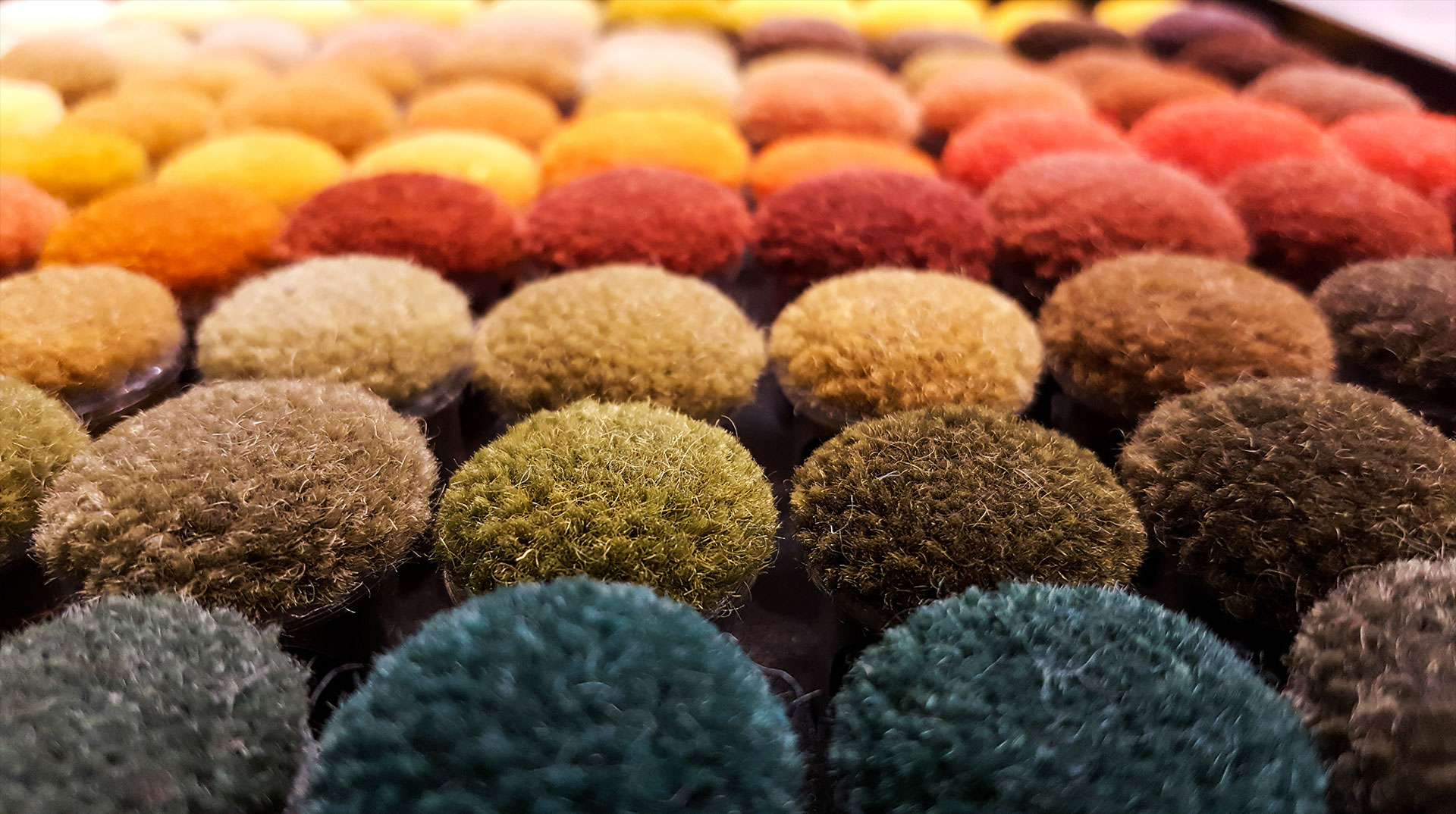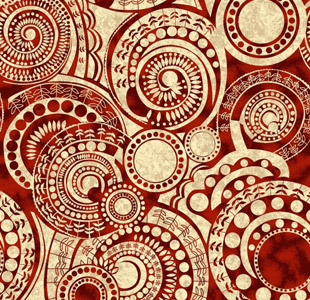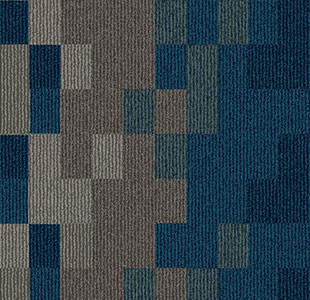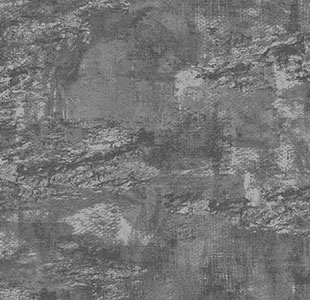- Special Surface-Infinite Possibility
- Broadloom&Wall To Wall Carpets
- Rugs
- Carpet Tiles&Planks
- Sustainable Carpets&Rugs
- Banquet Hall Carpet Design: The Key to Aesthetic Perfection
- Hotel Corridor Carpet Design: A Comprehensive Guide from Style to Maintenance
- Carpet Texture: A Comprehensive Guide
- Notes for Carpet Maintenance
- What Kind of Carpet Texture Should Be Selected?
- What Kind of Carpet Can Be Called
- Basic Knowledge of Carpets and Rugs
- Methods for Carpet Clearing
- Maintenance Method of Movie Theater Carpet
- How to Remove Carpet Odor in Cinema?
- Factors Affecting the Treatment Effect of Movie Carpet Stains and Carpet Maintenance Steps
- What is the Impact of Commercial Carpet on Health and Hygiene?
- BSCI CERTIFIED CARPET MANUFACTURER
- What Are the Cleaning Methods of Cinema Carpet?
- What Are the Advantages of Using an Office Carpet?
- Tips for Hotel Carpets
- The Relationship Between Contemporary Hotel Carpet and Space Environment Art
- Choosing and Matching Principles of Hotel Rugs
- Knowledge About the Cleaning and Maintenance of Hotel Carpet
- Four Classic Principles of Hotel Carpet Purchase
- Stain Removal and Cleaning of Hotel Carpet
- Bear in Mind the Following 4 Points for Choosing Suitable Carpet Tiles for Home
- How to Choose Carpet? What Color of Carpet Goes with Everything?
- Hotel Carpet is an Important Factor in Determining the Style of a Hotel
- How Does Hotel Carpet Industry Survive in the Cracks?
- Three Standards for Hotel Carpet Cleaning
- Summary of Common Carpet Maintenance Mistakes
- What Effect Can Carpet Be Brought on Floor Warming Floor?
- Four Safety Standards for Choosing Area Rugs
- 12 Ways of Quick Removing Stains on Carpet
- Reasons and Choices of Movie Theater Carpet Tiles
- The Relationship and Importance Between Hotel Carpet Design and Space
- How to Choose the Right Office Carpet?
- How to Choose the Hotel Carpet in Different Functional Areas?
- Do You Know Anything About the Hotel Rugs Material?
- What Should Be Noticed when Choose Hotel Carpet
- Do You Know How to Choose Hotel Carpet?
- Tricks You Need to Know About Rugs Cleaning!
- What Are the Factors That Affect the Price of Handmade Area Rugs?
- Three Principles of Hotel Rugs Selection
- Identification and Classification of Handmade Area Rugs
- Luxury Hotel and HomeDec Carpet
- The Development of Area Rugs
- Analysis of Attention to the Purchase and Common Types of Hotel Area Rugs
- What is the Difference Between a Wool Area Rug and a Silk Area Rug?
- How to Choose the Square Area Rugs for Home and Hotel Decoration Respectively?
- Why is Hotel Carpet So Important?
- Tips for Matching Hotel Carpets
- How to Clean Hotel Carpet and Carpet Cleaning Method
- Is It Okay to Have a Square Carpet Pieces in the Office?
- What Kind of Carpet is Good for Hotel Rooms?
- How to Choose Carpets for Hotel Rooms?
- Hotel Room Carpet Maintenance and Cleaning Methods
- Several Stain Solutions for Hotel Carpets
- How to Choose Hotel Carpet for High-end Hotel Design?
- How to Choose Villa Corridor Carpet?
- Installation and Cleaning of Hotel Carpet
- Why Are Persian Rugs So Precious?
- What Are the Ways to Clean Hotel Carpets?
- There Are Many Kinds of Materials for Rugs at Home, How to Choose?
- What Are the Best Bedroom Rugs?
- How to Clean Stubborn Stains from Domestic Carpet Tiles?
- What Types of Household Chemical Fiber Rugs Are There?
- How to Choose a Carpet Tiles for Home Use? What is the Best Material for Household Carpet Tiles?
- Laying Carpet in the Office Can Achieve the Effect of Sound Absorption and Noise Reduction
- Make the Carpets Look New and Last Longer!
- Material and Selection Analysis of Hotel Carpet
- How to choose a cinema carpet?
- In the Chilly Spring, Laying a Carpet in the Living Room of the Hotel Makes People Feel Warm
- Six Advantages of Choosing Carpets in Hotels
- Banquet Hall Carpet Introduction
- Why Should We Use A Carpet In A Movie Theater?
- Step into the Future: The Evolution of Mid-Century Modern Carpet Design
- Did You Know the Tips for Cleaning Hotel Carpets?
- Advantages and Methods for Distinguishing Genuine and Fake Wool Rug Tiles
- Key Points for Choosing Colors to Match Office Carpets!
- Introduction to Office Carpets: What Are They?
- Reasons and Construction of Office Carpet Tiles Installation
- Cleaning and Maintenance Plan for Conference Carpets
- Everything You Need to Know About Rugs Classification!
- Daily Maintenance and Care for Rugs
- Rug Tiles Shopping Tips: Remember These Four Safety Standards!
- Rug Tiles Care: Avoiding Common Misconceptions and the Importance of Skilled Maintenance
- The Whole Process of Regular Rugs Cleaning and Maintenance, and Systematic Methods for Identifying Stains.
- Have You Fallen Prey to Common Misconceptions About Rugs Maintenance?
- Tips for Keeping Rugs Clean and Maintained on a Daily Basis
- Principles and Cleaning Methods for Choosing Carpet Tiles for Home
- Classification Characteristics and Purchasing Precautions of Carpet Tiles for Home
- Main Procedures and Standard Operations for Carpet Cleaning
- Unveiling the Artistry beneath Your Feet: Exploring Modern Hotel Carpet Designs
- The hidden Beauty: Unearthing the Intricate Details of Hotel Corridor Carpet Designs
- From Floor to Aesthetic Brilliance: Exploring the Best Hotel Carpet Suppliers
- Walking the Design Journey: The Evolution of Hotel Corridor Carpet Designs
- From Concept to Reality: How Hotel Carpet Suppliers Shape Luxurious Interiors
- The Art of Expression: Transforming Hotel Spaces With Nylon Printed Carpet
- Endless Design Possibilities: Embracing the Creative Potential of Nylon Printed Carpet in Hotels
- Designing For Impact: How Modern Hotel Carpets Create Memorable Spaces
- Exploring the Elegance of Beige Modern Carpet Texture
- Elevate Your Hotel Experience: The Art of Hotel Corridor Carpet Design
- The Luxury of Hotel Bedroom Carpets: Design and Comfort
- Hotel Bedroom Carpet Styles that Make a Lasting Impression
- Transform Your Entertainment Space with Home Theater Carpet Tiles
- Hotel Room Carpet Design Trends: Creating Memorable Stays
- Soundproofing and Style: Home Theater Carpet Tile Solutions
- Transform Your Space with Custom Printed Carpet Tile Designs
- Personalize Your Space: Custom Printed Carpet Tiles
- Unveiling the Secrets of Successful Hotel Room Carpet Design
- wyf@homedec.cn
- +86-18068999965

 English
English  中文
中文  日本語
日本語  Deutsch
Deutsch  italiano
italiano  русский
русский  العربية
العربية  tiếng việt
tiếng việt  Polska
Polska  Svenska
Svenska  български
български 




